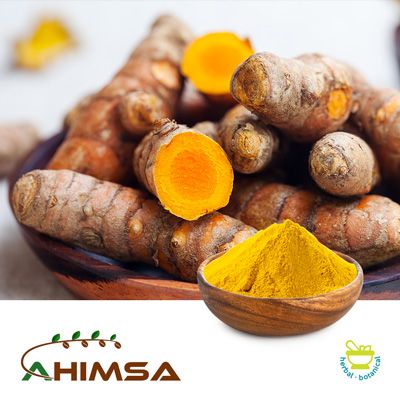Curcumin is a bright yellow (orange-yellow) chemical produced by Curcuma longa plants. It is the principal curcuminoid of turmeric (Curcuma longa), a member of the ginger family, Zingiberaceae. The other curcuminoids are demethoxycurcumin and bisdemethoxycurcumin. While turmeric contains only 2 – 9% curcuminoids, 75% of these active curcuminoids are curcumin, which is why curcumin is the “star” of turmeric.
Turmeric is commonly used for conditions involving pain and inflammation, such as osteoarthritis. It may also be used for hay fever, depression, high cholesterol, triglycerides, fatty liver, and itching.
Turmeric contains curcumin. Curcumin and other compounds in turmeric might decrease swelling (inflammation). Because of this, turmeric might be beneficial for conditions that involve inflammation.
Curcumin inhibits the growth of Helicobacter pylori, which causes gastric ulcers and has been linked with gastric cancers.
Turmeric is effective in reducing post-surgical inflammation. Turmeric helps to prevent atherosclerosis by reducing the formation of bloods clumps. Curcumin acts as an inhibitor for cyclooxygenase, 5-lipoxygenase and glutathione S-transferase.
